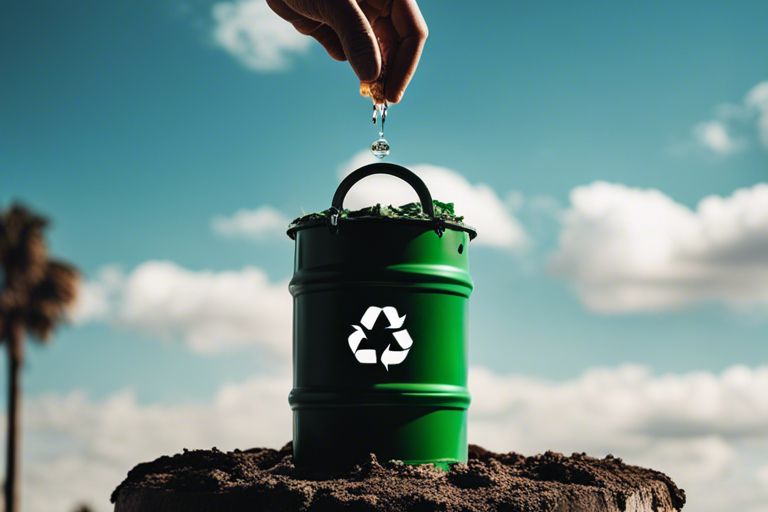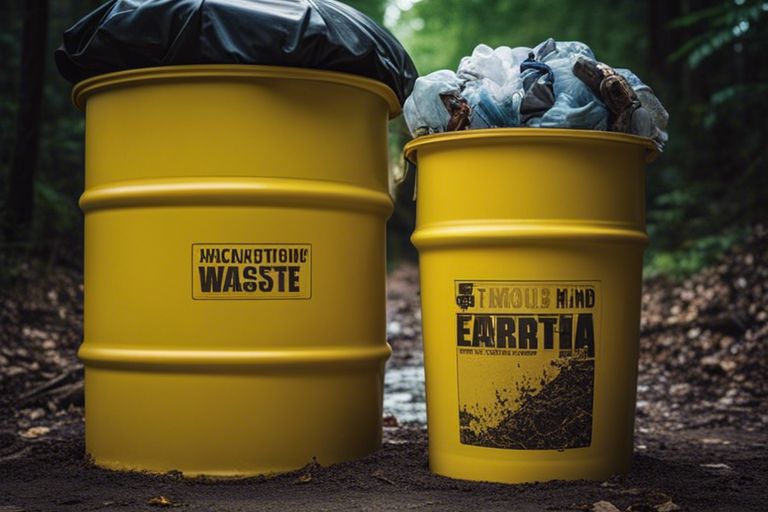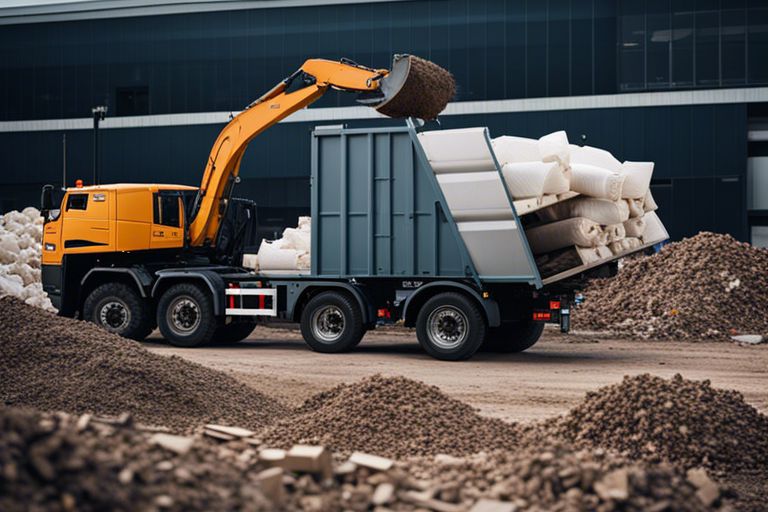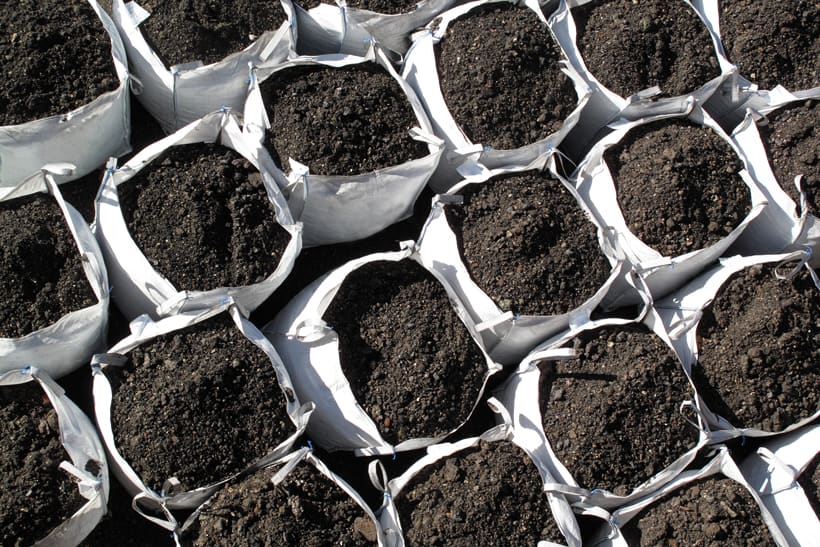Over the years, hazardous waste has become a significant issue in terms of its environmental impact. From industrial by-products to household chemicals, the improper disposal of hazardous waste can have devastating effects on our planet. Understanding the consequences of hazardous waste pollution is crucial for individuals and businesses alike. In this blog post, we will examine into the various ways in which hazardous waste can harm our environment and why proper disposal and management are necessary for a sustainable future.

Key Takeaways:
- Hazardous waste can have a significant impact on the environment, causing pollution and harm to ecosystems.
- Proper disposal of hazardous waste is crucial to prevent environmental damage and protect human health.
- Regulations and guidelines are in place to ensure the safe handling and disposal of hazardous waste, to minimise its environmental impact.
Sources and Types of Hazardous Waste
Little attention is given to the sources and types of hazardous waste, yet understanding where it comes from is crucial in tackling the environmental impact. Hazardous waste can originate from a variety of sources, including industrial processes, households, and electronic devices. This chapter will provide an overview of the different types of hazardous waste and their environmental implications.
| Industrial Origins | Household and Electronic Waste |
| Chemical manufacturing | Obsolete electronic devices |
| Oil refineries | Batteries |
| Pharmaceutical industry | Household cleaners |
| Mining operations | Light bulbs |
| Automotive industry | Old paint cans |
Industrial Origins
Industrial processes are a significant source of hazardous waste due to the chemicals used in manufacturing, refining, and processing. Chemical spills, waste disposal, and emissions are common in sectors such as chemical manufacturing, oil refineries, pharmaceuticals, mining, and automotive industries. These activities can result in the generation of toxic substances that pose a threat to the environment and human health.
Household and Electronic Waste
On the other hand, household and electronic waste are key contributors to the hazardous waste stream. Disposing of obsolete electronic devices, batteries, household cleaners, light bulbs, and old paint cans improperly can lead to contamination of soil and water sources. It is important for consumers to be aware of the proper disposal methods for such items to reduce their negative impact on the environment.

Effects of Hazardous Waste on the Environment
One Household Hazardous Waste is a significant contributor to environmental pollution. Improper disposal of items such as paints, solvents, pesticides, and batteries can lead to soil contamination, water pollution, aquatic ecosystem disruptions, and air quality deterioration.
Soil Contamination
Soil contamination occurs when hazardous waste chemicals seep into the ground, affecting soil quality and potentially harming plant and animal life. This can lead to long-term damage to ecosystems and pose health risks to humans through contaminated food and water sources.
Water Pollution and Aquatic Ecosystems
For aquatic ecosystems, hazardous waste can have devastating effects. When chemicals leach into water sources, they can contaminate drinking water and disrupt aquatic life. Fish and other organisms can suffer from toxicity, leading to population decline and a disturbance in the ecosystem’s balance.
Water pollution from hazardous waste not only impacts the aquatic environment but also poses a threat to human health. Contaminated water sources can result in serious health issues for those who rely on them for drinking, bathing, or recreational purposes.
Air Quality Deterioration
Hazardous waste pollutants released into the air contribute to air quality deterioration. Burning or improper disposal of waste materials emits harmful substances such as dioxins, furans, and volatile organic compounds. These pollutants can lead to respiratory problems, smog formation, and contribute to climate change.
Environmentally, the release of hazardous waste into the air poses a severe threat to both ecological systems and human health. It is crucial to address these issues through proper waste management practices and the implementation of effective pollution control measures.
Management and Disposal of Hazardous Waste
Regulatory Frameworks
Keep in mind that the management and disposal of hazardous waste are heavily regulated to ensure the protection of human health and the environment. Various regulatory frameworks, such as the Hazardous Waste Regulations and Environmental Protection Act, set out strict guidelines for the handling, transport, treatment, and disposal of hazardous waste. It is crucial for businesses and industries to comply with these regulations to prevent serious environmental damage and potential health risks.
Innovative Disposal and Treatment Methods
Innovative approaches to the disposal and treatment of hazardous waste are constantly being developed to address the growing environmental concerns. Technologies like thermal treatment, chemical processes, and biological remediation offer more sustainable and effective solutions for managing hazardous waste. These methods not only help in reducing the volume of waste but also minimise the impact on the environment, making them imperative in the fight against hazardous waste pollution.
With the advancement of science and technology, new innovative methods are emerging to tackle the challenges posed by hazardous waste. From recycling and reusing materials to converting waste into energy, these cutting-edge solutions provide a ray of hope in minimising the environmental impact of hazardous waste disposal. It is imperative for industries to invest in research and development of such methods to ensure a greener and safer future for our planet.

Reducing the Environmental Impact
After exploring the detrimental effects of hazardous waste on planetary health in The Effects of Hazardous Waste on Planetary Health, it is crucial to investigate into strategies to reduce its environmental impact.
Prevention Strategies
For environmental conservation, prevention is key when it comes to hazardous waste. This involves implementing strict regulations on the production, use, and disposal of hazardous materials. Companies must focus on reducing the generation of waste through process modifications, waste minimisation techniques, and the use of safer alternatives where possible. Educating employees and the community on proper waste management practices is also necessary in preventing environmental harm.
Recycling and Recovery Efforts
With the increasing global concern over environmental degradation, recycling and recovery efforts play a significant role in reducing the impact of hazardous waste. Recycling allows for the reprocessing of materials such as metals, plastics, and electronic components, diverting them from landfills and reducing the need for raw materials. Recovery efforts involve extracting valuable resources from waste streams through treatments like incineration, pyrolysis, and solvent extraction.
Another important aspect of recycling and recovery efforts is the promotion of circular economy principles, where materials are kept in use for as long as possible through recycling, refurbishment, and remanufacturing processes. This not only minimises waste but also conserves natural resources and energy, contributing to a more sustainable future.
Summing up
Understanding the environmental impact of hazardous waste is crucial as it can have severe consequences on our surroundings. From soil pollution to air and water contamination, hazardous waste disposal must be handled with caution and responsibility. To examine deeper into how hazardous waste disposal affects the environment, visit How Hazardous Waste Disposal Affects The Environment. By being informed and taking the necessary measures to reduce, recycle, and dispose of hazardous waste properly, we can contribute to a healthier and cleaner environment for present and future generations.
FAQ
Q: What is hazardous waste?
A: Hazardous waste is any waste material that poses a threat to human health or the environment due to its chemical or biological properties.
Q: How does hazardous waste impact the environment?
A: Hazardous waste can contaminate soil, water, and air, leading to serious environmental pollution and biodiversity loss.
Q: What are the common sources of hazardous waste?
A: Common sources of hazardous waste include industrial processes, manufacturing, agriculture, healthcare facilities, and households.
Q: How can hazardous waste be managed effectively?
A: Hazardous waste can be managed through proper identification, handling, storage, treatment, and disposal methods to minimise its impact on the environment and human health.
Q: What are the regulations surrounding hazardous waste disposal?
A: Regulations governing hazardous waste disposal vary by country, but generally involve strict guidelines to ensure safe handling and disposal practices are followed to protect the environment and public health.
Q: What are the long-term effects of improper hazardous waste disposal?
A: Improper hazardous waste disposal can lead to contamination of soil, water sources, and food chains, resulting in long-term health risks for humans and wildlife.
Q: How can individuals contribute to reducing the environmental impact of hazardous waste?
A: Individuals can reduce the environmental impact of hazardous waste by practicing responsible waste management, recycling hazardous materials, and supporting policies and initiatives that promote sustainable practices in waste disposal.







